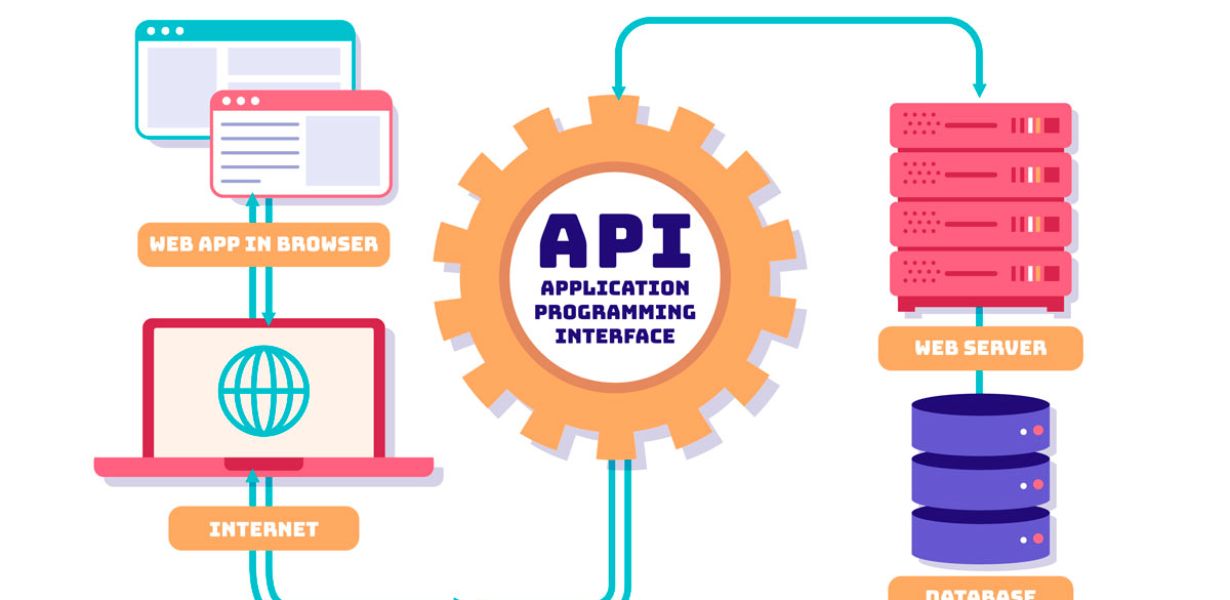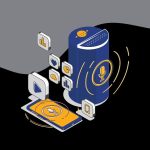
Smart Homes to Smart Cities: Web API Integration in the IoT Era
- Post
- August 8, 2023
- Web API Integration, Web APIs, Web Technologies
- 0 Comments
In the age of technological evolution, the Internet of Things (IoT) has taken center stage, transforming the way we interact with our surroundings. From smart homes that adjust lighting and temperature to smart cities optimizing traffic flow, the integration of Web APIs plays a pivotal role in shaping this landscape. The synergy between these technologies not only enhances convenience but also propels us toward a more interconnected and efficient world.
Understanding Web API Integration and the IoT Landscape
Web API integration involves the seamless interaction between different software applications through the exchange of data and functionalities over the internet. In the realm of IoT, this integration serves as the backbone of connectivity, enabling devices to communicate, share data, and execute tasks collaboratively. From wearable devices that monitor health metrics to smart thermostats that adjust room temperature based on user behavior, Web APIs facilitate a cohesive ecosystem of interconnected devices.
Unveiling the Architecture of IoT Ecosystems
Within the IoT ecosystem, various layers interact to enable smooth communication and data exchange. These layers include:
Device Layer
At the foundation of the ecosystem lies the device layer, comprising sensors, actuators, wearables, and smart devices. These components collect and transmit data, forming the core of the IoT infrastructure.
Connectivity Layer
The connectivity layer bridges the gap between devices and the cloud. It includes protocols like Wi-Fi, Bluetooth, and cellular networks, enabling data transmission and device management.
Cloud Layer
Central to IoT operations, the cloud layer stores and processes the vast amount of data generated by devices. Web APIs come into play here, allowing applications to retrieve and analyze data from the cloud.
Application Layer
The application layer encompasses the user-facing aspect of IoT. It includes software applications, dashboards, and user interfaces that enable users to monitor and control devices remotely.
Role of Web API Integration in IoT
Data Collection and Analysis
Web APIs facilitate real-time data collection from various devices, enabling thorough analysis. For example, in agriculture, sensors in fields collect data on soil moisture and weather conditions. APIs enable farmers to access this data remotely, optimizing irrigation and crop management.
Seamless Device Interaction
Web API integration enables seamless communication between diverse devices. Consider a scenario where a smart refrigerator detects low milk levels. It can trigger a Web API call to place an order for milk, ensuring a continuous supply without human intervention.
Automation and Control
Automation is a cornerstone of IoT, and Web APIs enable remote control of devices. For instance, homeowners can use their smartphones to adjust thermostats, turn on lights, and even lock doors.
Enhanced User Experience
Web APIs empower developers to create user-friendly applications that interact with IoT devices. This enhances the overall user experience, as intuitive interfaces allow users to effortlessly manage their smart devices.
Overcoming Challenges: Security and Interoperability
While the integration of Web APIs in IoT offers unparalleled convenience, it also presents challenges. Security and data privacy concerns are paramount, given the sensitive nature of the data exchanged. Robust authentication mechanisms and encryption protocols are vital to safeguarding IoT ecosystems.
Interoperability is another challenge, as various devices may utilize different protocols and data formats. Web APIs must ensure compatibility and standardization to facilitate smooth communication across devices from different manufacturers.
Final Words
In the ever-evolving landscape of IoT, the integration of Web APIs emerges as the linchpin that connects smart homes to smart cities. This symbiotic relationship enhances our lives, making them more convenient, efficient, and interconnected. As technology continues to advance, the fusion of Web APIs and IoT will drive innovation, shaping a future where seamless connectivity is the norm.
Commonly Asked Questions
Q1: How do Web APIs enable communication between different IoT devices?
A: Web APIs act as intermediaries, allowing devices to exchange data and execute functions over the internet, fostering a cohesive ecosystem.
Q2: What challenges does Web API integration in IoT pose for security?
A: Security concerns include data privacy and authentication. Robust encryption and authentication protocols are crucial to safeguarding sensitive data.
Q3: How can developers ensure interoperability among diverse IoT devices?
A: Developers must adhere to standardized protocols and data formats, ensuring seamless communication between devices from different manufacturers.
Q4: What benefits do users derive from Web API-enabled smart applications?
A: Web API-enabled applications offer enhanced user experiences, allowing effortless control and monitoring of IoT devices through intuitive interfaces.
Q5: How does Web API integration contribute to smart city development?
A: In smart cities, Web API integration enables data sharing among diverse systems, enhancing urban planning, traffic management, and resource allocation.




